- Growthnotes
- Posts
- How TikTok is shaping products
How TikTok is shaping products
The TikTok Effect: From Viral Videos to Store Shelves
👋 Welcome back to Growthnotes!
Welcome to the DTC Report, where we cover relevant insights for the modern marketer.
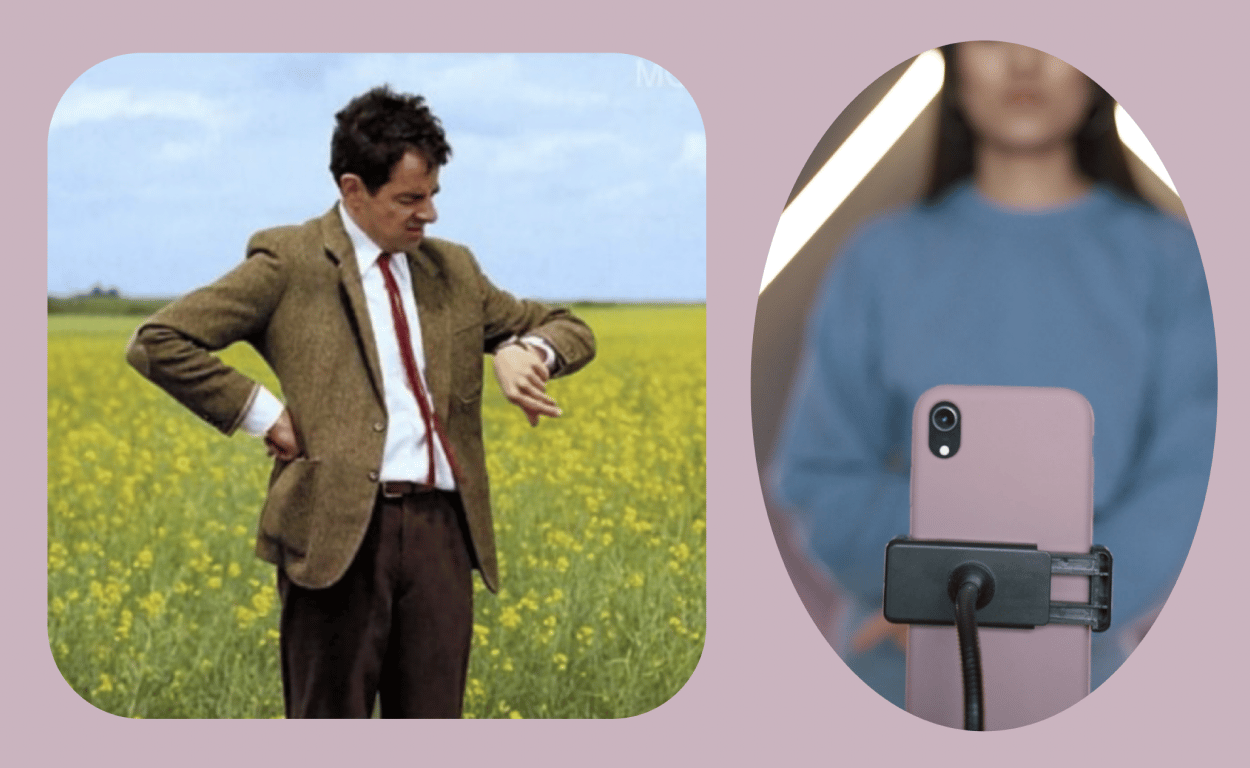
This week → Long-form ads, TikTokable products & UGC
⏲ Long-form video for paid ads
Does video > 30 seconds work in paid media?
📦 TikTokable Products
How TikTok is shaping products.
📸 UGC is not a numbers game
Thinking differently about user generated content
⏲️ Does video > 30 seconds work in paid media?
Content that is more than 30 seconds is a commitment for anyone scrolling through social media. Usually, the shorter the better. However, in some cases, long form content can work wonders; you just need to know when & how to use it.
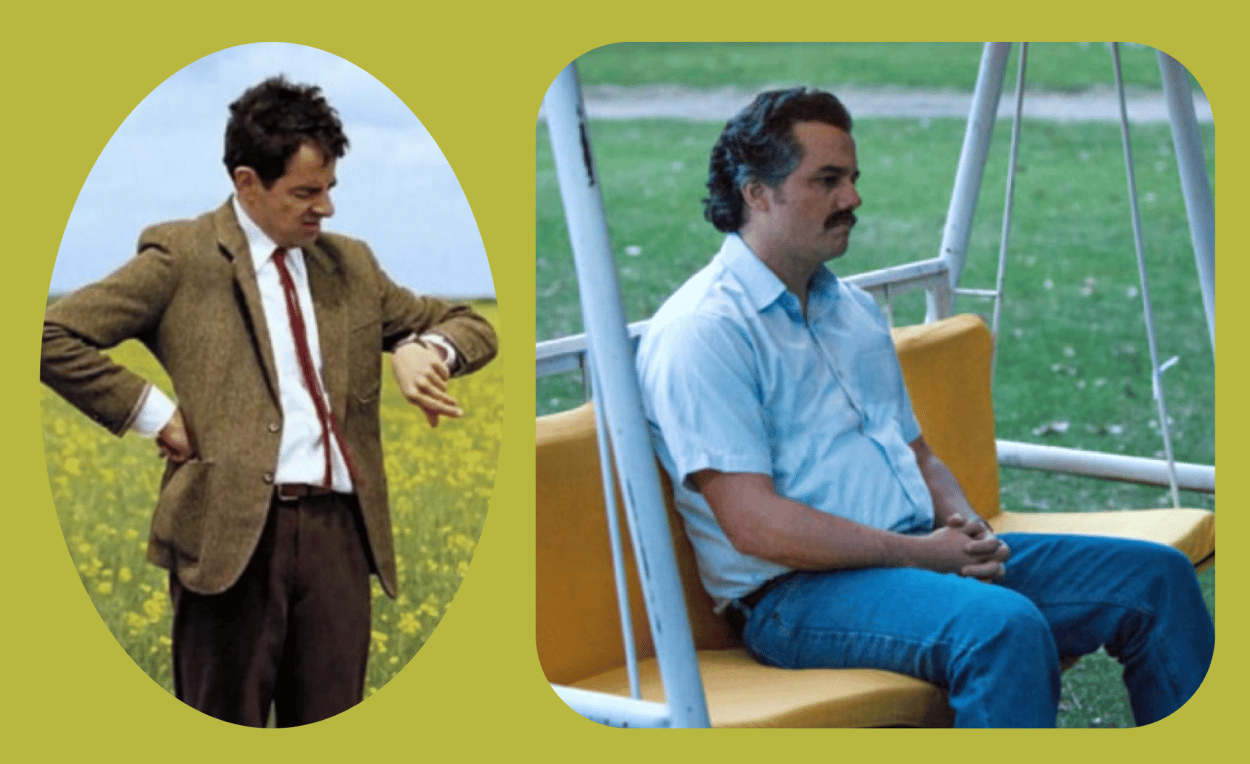
This kind of longform content can drive up your ROAS if your product is complex and the ask is high friction (e.g., high price point).
Here is a framework to use to get a good intuition about what we should focus our efforts on ↓
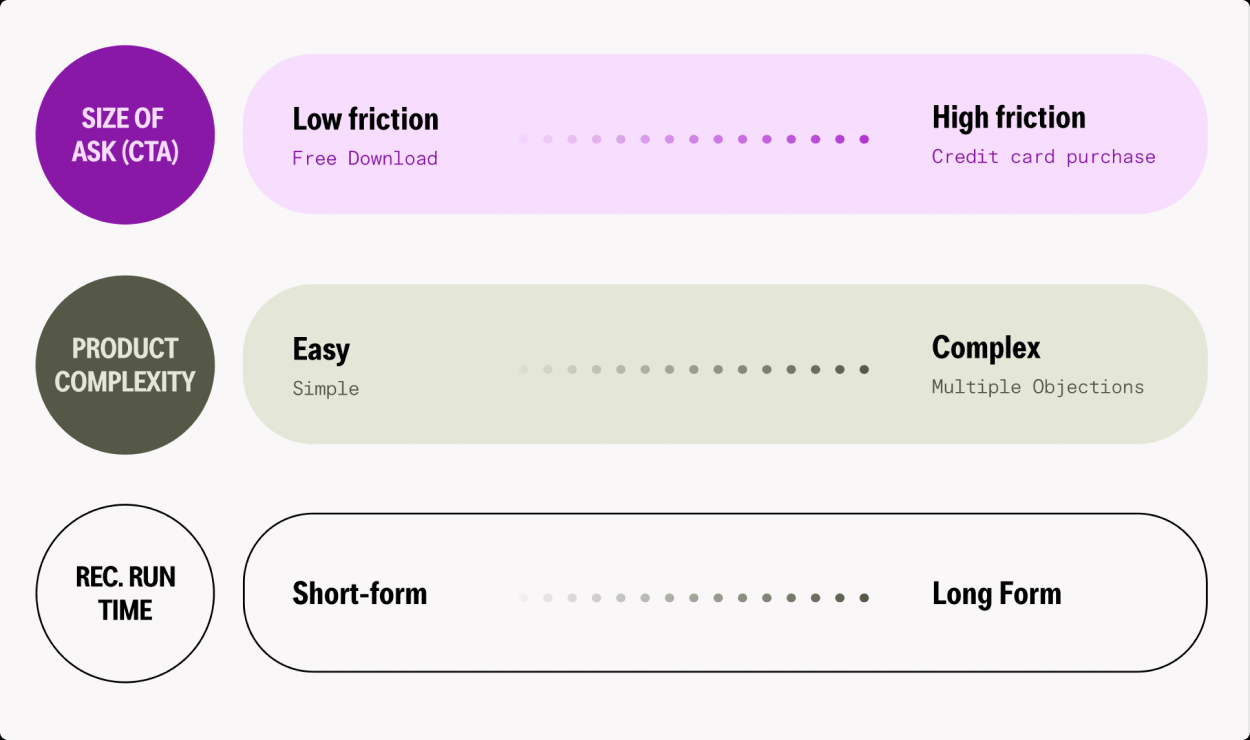
TikTok, as of now, only allows 60 second videos when advertising directly through their platform. In social media land, that’s long.
The team over at inBeat agrees that testing both is usually a good idea.
Wavebreak
Wavebreak is a leading email & CRM agency for fast-growing DTC brands. They work with clients such Nutrafol, Casely and Caliwhite.
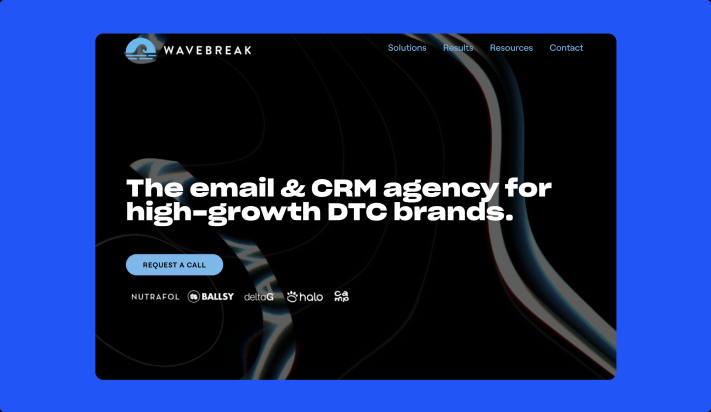
They have helped Casely double their revenues through email.
“ We would not be where we are today without Wavebreak. They helped us double our revenue from email and allowed our lean team to focus on other parts of our business.”
📦 TikTokable products: A Whole New World.
There are many ways to promote on TikTok. In my opinion, the best & most effective kind of ads are the ones that aren’t ads at all. I’m talking about content that creators post without any monetary incentive from the brand they are promoting.
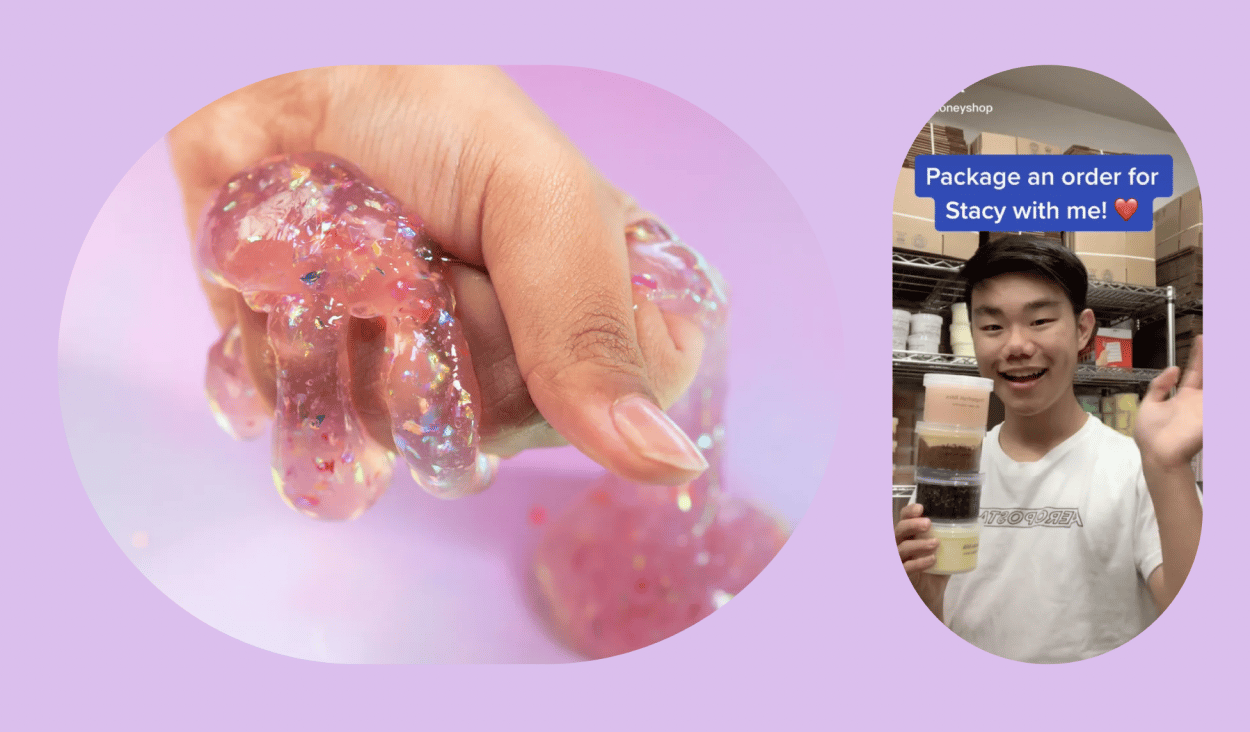
Now, developing whole lines of “sharable” products isn’t anything new. In a time long long ago, when Instagram was still cool, the term “Instagrammable” was in every marketers list of buzzwords.
How is TikTok different?
The sharable product strategy has been, until now, product centric: Create an esthetically pleasing product that looks good on camera & the rest is history.
However, on TikTok, the products that are most shared organically seem to be those who put the “experience” first.
Think Tim Horton’s Timbiebs strategy (a collab they did with Justin Bieber). The #timbiebs has more that 90M views on TikTok.
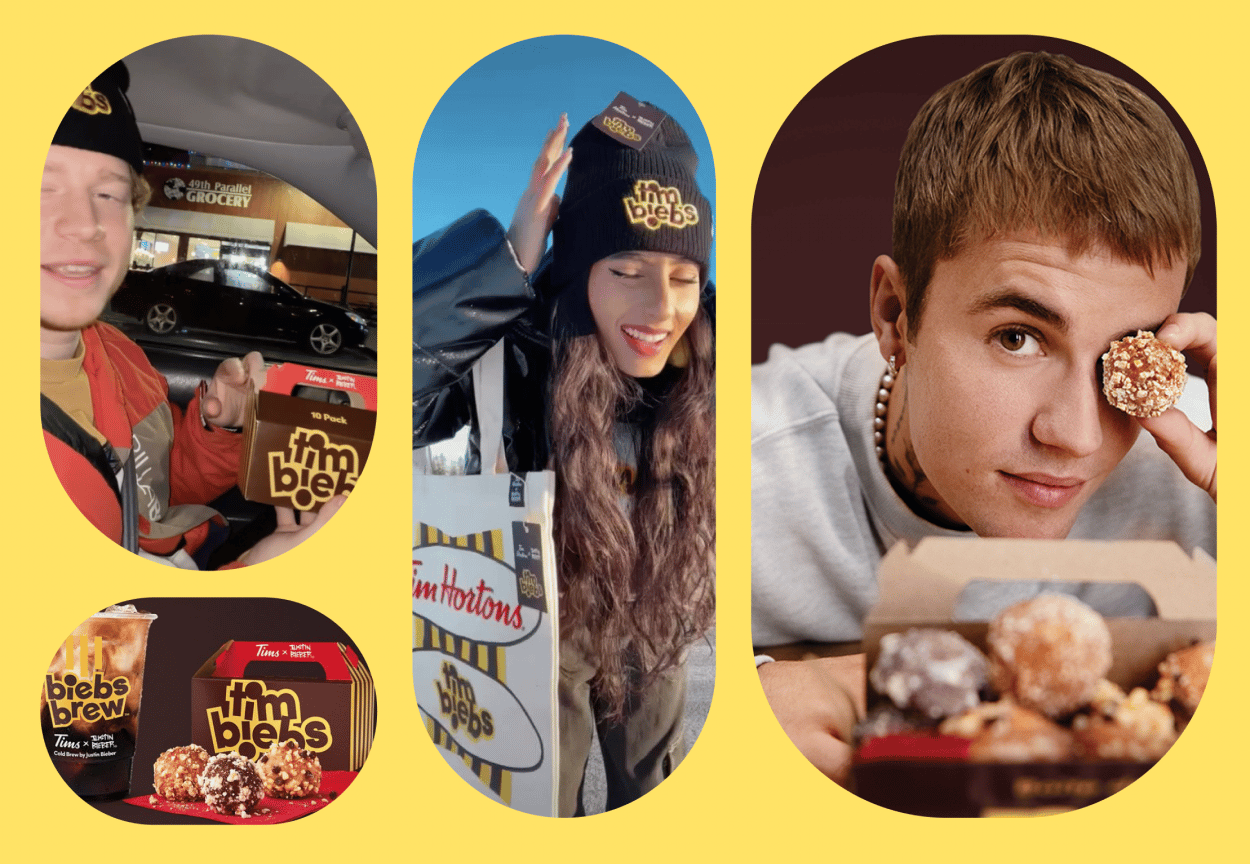
The content created around this was essentially people tasting the fashionable donut holes, and documenting their reaction. The primary nature of the content was the experience itself. A box of Timbiebs gave a perfect excuse to create content to people who are constantly seeking to do just that.
The trend was so successful, they launched a second campaign with the “Biebs Brew”.
Here’s whats so interesting about TikTokable products:
By the nature of the plaform’s content (raw, more absurd, less curated & with less production value), creating products that are TikTokable is much more accessible. You don’t need to design a stellar packaging, you don’t need to invest millions in a campaign. If the product offers a visual experience it can thrive on TikTok.
I’m talking about products as silly as Mine It (who has numerous TikTok channels solely dedicated to it), products as useless as Sticky Ceiling Balls (which I constantly see on my feed and aggressively fight the urge not to buy them), and whole brands that we’re launched around the fact that a hashtag was trending.
What does a TikTokable product look like?
I’m taking Slime as an example. More than one teen is out there making millions of dollars selling Slime (#slime has 53.5B views on TikTok). Something that literally started as fun DIY trend birthed it’s own category.
How, why? It checks all the boxes of of a perfect TikTokable product:
You can create infinite amounts of content
Content is easy, cheap & quick to create
The product experience is what shines
There are millions of viewers already looking your way
And foremost, the product itself is an open invitation to create content
I do ask myself why I’ve willingly watched many hours of content that I know to be camouflaged ads, and why despite knowing exactly what’s going on, I’ve purchased my fair share of TikTokable products.
📸 UGC is not a numbers game
TikTok’s positioning is “don’t make ads, make TikTok videos.” They are spot on with what works now in 2022. But, not all creators are created equal.
Everyone is positioning UGC as a volume game, where more content seals the win. Truth is, there is a method to high-performing UGC, and it’s about quality more than quantity.
The inBeat team has collaborated with 30,000+ unique creators. When it comes to generating results from your creators, the 80/20 principle holds true. The 80/20 of the 80/20 holds as well. This means that 4% of your creators will be responsible for 76% of your results.
The creator economy is a winner takes all game. A very small % of people can captivate someone’s attention. The difference between OK content and amazing content is 1000:1. The ideal playbook for an online brand is to find (1) small creators (2) on the rise (3) that align with your brand, and to onboard them for a long term relationship at this phase.
Predictions:
The CPAs on traditional UGC will increase as ad fatigue builds up and people start recognizing the format.
A small fraction of the creators that understand conversion, copywriting and video content will represent most of any brands’ ROI.
Rising creators will be the best arbitrage opportunity of the next two years.
A playbook for e-commerce brands
Collaborate with multiple micro-influencers/creators that fit your brand.
Identify your top-performing creators and have them create multiple assets around your brand covering different USPs and objections. Also have them create end-of-the-funnel content (free shipping, discount, etc.)
Run ads on these assets so that a person that is engaged with any video of a given creator (i.e, 50%+ watch time) sees all the videos for the given creator. There is something powerful about seeing a familiar face.
Calculate your ROAS on a creator’s content pool to see if this has any impact on your marketing impact.
